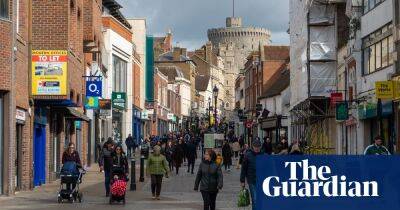From poster child to worst performing EU economy: how bad housing policy broke Sweden
G iven media coverage, one could, in late 2022, have been forgiven for thinking that little of importance was going on in Sweden besides gang violence and hand-wringing over Nato accession. But a November report in the newspaper Aftonbladet suggested that something else just as important was afoot. In Södertälje, in southern Stockholm, it was widely observed that children were eating “much more” at school on Mondays than previously. One food supplier spoke of an “avalanche-like” change.
My mind went back to this evidence of increasing child poverty when, four months later, the European Commission’s latest forecasts predicted Sweden to be the worst performing of all EU economies in 2023 – a projection in line with the Swedish government’s own.
By all accounts, one important factor behind the Swedish economy’s travails is a large fall in construction, brought about by rising interest rates. But the biggest reason is falling consumption. Household finances are under growing pressure and belts are being tightened. What was ominous about the Aftonbladet report was the indication that the tightening is not just metaphorical.
A struggling economy is not what people either inside or outside Sweden have come to expect of the country. It made it through the global financial crisis of 2008–10 relatively unscathed, with the Financial Times naming Sweden’s finance minister, Anders Borg, as Europe’s best in 2011. Between 2008 and 2021, Sweden’s average annual GDP growth (1.7%) was double that of the EU as a whole (0.85%). Indeed, for many, Sweden has long been something of a poster child for successful macroeconomic management and performance.
So what has gone wrong?
Present throughout Europe, inflation in the prices of everyday goods is
Read more on theguardian.com










